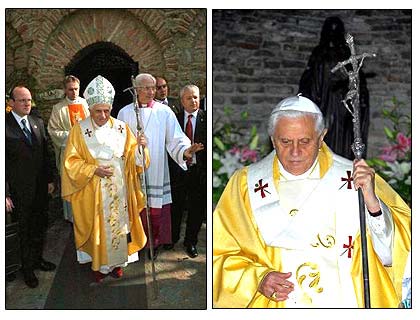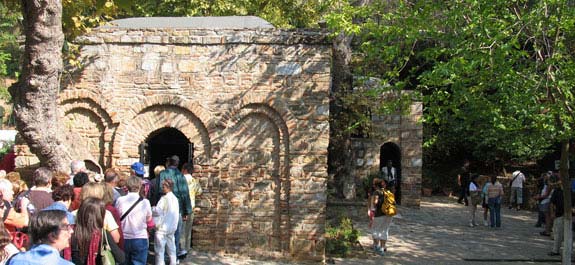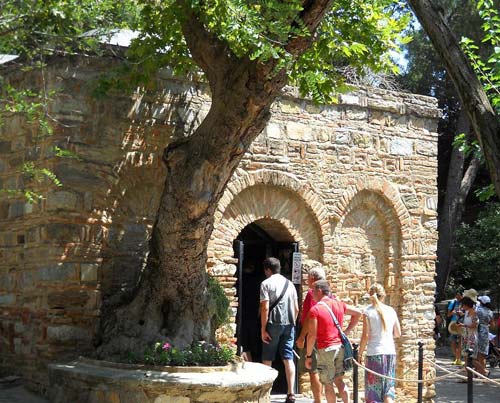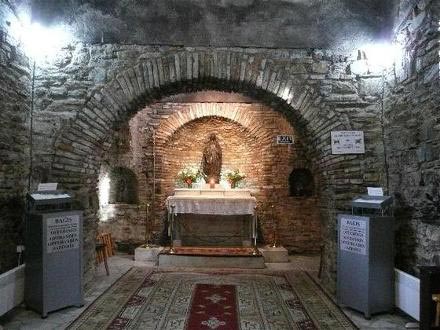 Sensation White Party In TURKEY
Sensation White Party In TURKEY
ASSUMPTION OF VIRGIN MARY - EPHESUS
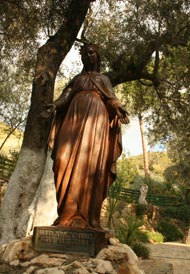
Fado Luxury Service
The Assumption of the Blessed Virgin Mary into Heaven at the end of her earthly life is a defined dogma of the Catholic Church. The Feast of the Assumption, celebrated every year on August 15, is a very old feast of the Church, celebrated universally by the sixth century.
It commemorates the death of Mary and her bodily assumption into Heaven, before her body could begin to decay, a foretaste of our own bodily resurrection at the end of time. Because it signifies the Blessed Virgin's passing into eternal life, it is the most important of all Marian feasts and a holy day of obligation.
Located on the top of the Bulbul mountain 9 km ahead of Ephesus, the shrine of Virgin Mary enjoys a marvelous atmosphere hidden in the green. It is the place where Mary may have spent her last days. Indeed, she may have come in the area together with Saint John, who spent several years in the area to spread Christianity. Mary preferred this remote place rather than living in crowded place. The house is a typical Roman architectural example, entirely made of stones.
The feast of Assumption of the Blessed Virgin Mary was originally celebrated in the East, where it is known as the Feast of the Dormition, a word which means "the falling asleep." The earliest printed reference to the belief that Mary's body was assumed into Heaven dates from the fourth century, in a document entitled "The Falling Asleep of the Holy Mother of God."
The document recounts, in the words of the Apostle John, to whom Christ on the Cross had entrusted the care of His mother, the death, laying in the tomb, and assumption of the Blessed Virgin. Tradition places Mary's death at Jerusalem or at Ephesus, where John was living.
On November 1, 1950, Pope Pius XII, exercising papal infallibility, declared in "Munificentissimus Deus" that it is a dogma of the Church "that the Immaculate Mother of God, the ever Virgin Mary, having completed the course of her earthly life, was assumed body and soul into heavenly glory."
As a dogma, the Assumption is a required belief of all Catholics; anyone who publicly dissents from the dogma, Pope Pius declared, "has fallen away completely from the divine and Catholic Faith."
Paul VI was the first pope to visit this place in the 1960's. Later, in the 1980's, during his visit, Pope John-Paul II declared the Shrine of Virgin Mary has a pilgrimage place for Christians. Pope Benedict XVI is the third pope who became a "pilgrim" by visiting the House of Virgin Mary in 2006.













